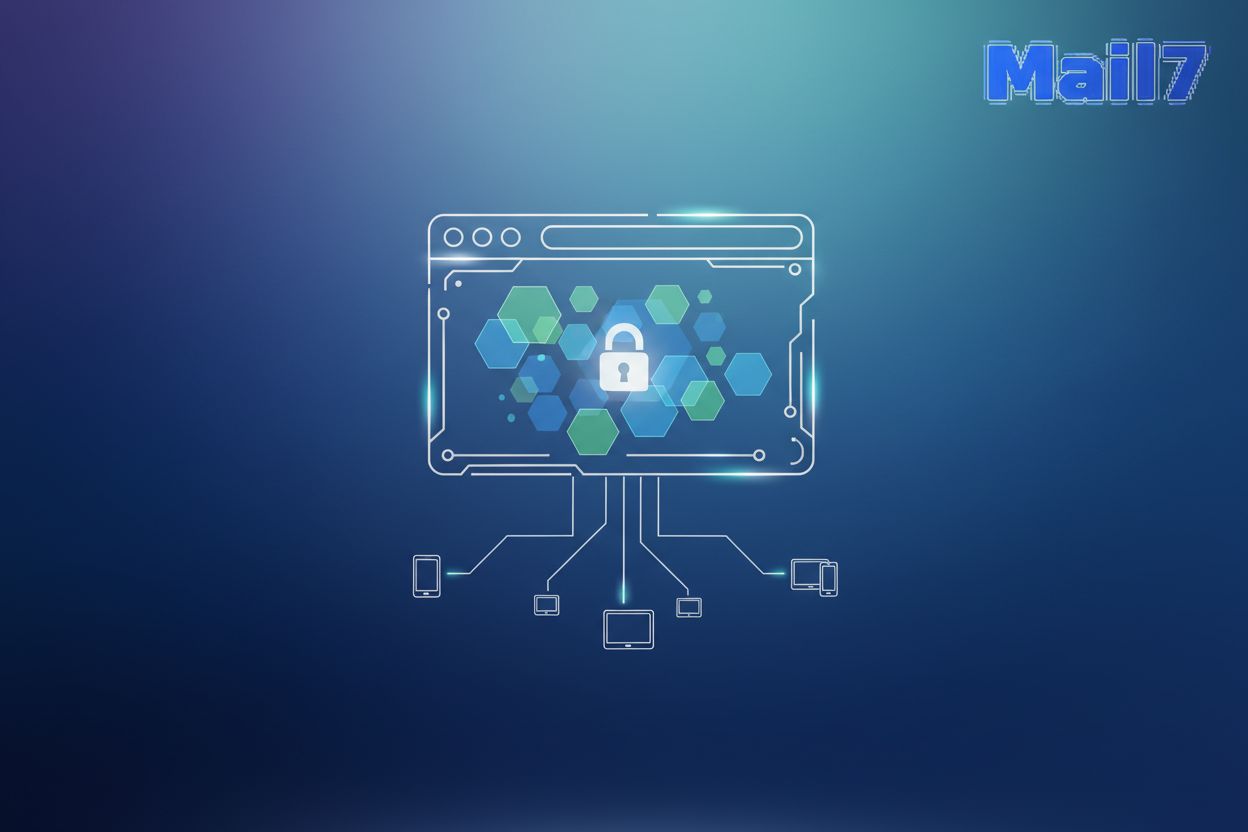Temporary Disposable Email Services
TL;DR
What are ?
Temporary disposable email services? Ever signed up for something and immediately regretted handing over your email? Yeah, we've all been there.
Here's the lowdown on these handy tools:
- They give you temporary email addresses that vanish after a bit. Think of it like a self-destructing message, but for your inbox.
- The main goal? Dodge spam, keep your real email private, and, honestly, it's great for testing stuff without commitment. (If you start suddenly getting email/spam "bombed" there's probably a ...)
- You might hear them called temp email, throwaway email, or even burner email. Whatever the name, it's all about keeping your inbox clean.
These services work by creating a unique, temporary email address for you that's linked to their server. When an email arrives at that temporary address, the service captures it and displays it on a web page or through an app. They don't typically require any personal information to set up, and the inbox is usually cleared out after a set period, often an hour or a day. Features can vary, but many offer the ability to receive emails, some allow sending, and a few even support attachments. They're super useful for signing up for newsletters you're unsure about, creating multiple accounts for online games or services without using your main email, or for any situation where you need a quick, disposable contact point.
Next, we'll dive into why software engineers find these so useful.
Why Software Engineers Use Disposable Emails
Software engineers using disposable emails? It might seem odd at first, but it's actually pretty common. Think of it as a "burner" email, just like a burner phone, but for your inbox. (Burner Mail - Fast, Easy, Burner Email Addresses)
- Creating multiple test accounts is a big one. Instead of cluttering up their personal or work emails, software engineers use temporary emails to sign up for services during testing. For example, QA engineers at a gaming company might create dozens of accounts to test multiplayer functionality without using real emails. (Android Game Testing: Things to Keep in Mind and Check)
- Automated testing is another key area. Disposable emails are perfect for verifying email functionality in applications. This is especially useful in e-commerce, where you might want to test order confirmations and shipping updates.
- They're helpful in simulating different user scenarios. A healthcare app developer could use them to test appointment reminders and patient notifications, ensuring everything is working as expected.
Disposable emails help keep things clean and organized and avoids polluting a "real" inbox with testing data. Now, let's talk about security and privacy, which is also pretty important.
Security and Privacy Considerations
When you're using a temporary email, security and privacy are definitely things to think about.
- Public Inboxes: Many free temp email services have public inboxes. This means anyone can see the emails sent to that address. So, if you're using one for something sensitive, like a one-time purchase confirmation that includes personal details, you might want to think twice. It's best to stick to using these for low-stakes sign-ups.
- Data Retention: How long does the service keep your emails? Some delete them after an hour, others after a day. If you need an email for longer than that, a disposable service probably isn't the best bet. Always check the service's policy on data retention.
- Provider Trust: You're essentially trusting the provider with whatever emails come through that address. While most reputable services aim to be secure, it's always a good idea to use them for non-critical communications.
Understanding these aspects helps you use disposable emails safely and effectively.
Top Temporary Email Providers
Alright, let's dive into some of the top temporary email providers out there – because who hasn't needed a burner email at some point? It's practically a rite of passage in the digital age.
Guerrilla Mail is kinda like the swiss army knife of temp emails. It lets you send and receive, which is a step up from some others. You can even attach files, which is- honestly- pretty clutch. But, like, all emails get wiped after an hour, so don't expect to archive your correspondence there.
Temp Mail is all about speed and being easy to use. It's great if you need a throwaway email fast. It generates a temporary email address that's perfect for quickly dodging spam, offering a straightforward and no-fuss experience.
10 Minute Mail is pretty self-explanatory, right? You get a temporary email that self-destructs in, yep, 10 minutes. It's perfect for those times when you just need to verify an email address real quick and don't want to deal with anything lingering around. If you need more time, you can extend it, which is a nice touch.
Choosing the right temp email provider really depends on what you need it for, so think about your use case.
Choosing the Right Service for Your Needs
Picking the right temp email? It's not just about dodging spam, y'know?
- Anonymity is key. Does it ask for your real name? A good service keeps you incognito.
- Features, features, features! Some let you forward emails, others offer api access. Think about what you need.
- Retention policies matter. How long do they hang onto your emails? A few days? Forever?
It's kinda like picking the right tool for the job.
Free vs. Paid Temporary Email Services
So, you've got options when it comes to temp email services: free and paid.
Free services are awesome for quick, one-off tasks. They're usually super easy to access – just go to the website and you're good to go. They're great for signing up for a single newsletter or testing a website. The downside? They often come with limitations. Think ads, slower speeds, less reliable inboxes, and shorter email retention periods. Plus, as we touched on, public inboxes can be a privacy concern.
Paid services, on the other hand, offer a more robust experience. You're likely to get a cleaner interface, faster delivery, longer or even custom retention periods for your emails, and better privacy. Some paid services also offer advanced features like custom domains, api access for developers, and dedicated inboxes. If you're using temporary emails frequently for business or development, the investment can be totally worth it for the added reliability and features.
Ultimately, the best choice depends on how often you'll use them and what you need them for.
Impact on Email Deliverability
Using temp emails ain't a victimless crime, y'know? It can mess with email deliverability, and that's bad news.
- Bad sender reputation? Yep, that's a risk. If too many temp emails bounce, providers might mark you as spam.
- Invalid addresses hurt. Lists full of these can trigger spam filters, affecting real subscribers, too.
- But, good news: Marketers often use email marketing software with validation, segmentation, and amp capabilities. These tools help identify and manage invalid or temporary addresses before they hit your main list, so marketers using these tools are somewhat protected.
So yeah, use 'em wisely and don't go overboard, or you'll be sorry. Sending too many emails to disposable addresses can really damage your sender reputation, making it harder for your legitimate emails to reach actual inboxes.





